Broadcom's 2025 VMware Licensing Changes: What You Need to Know


Mike Dent
Field CTO - Hybrid Data Center
Essentials Plus—you will be missed! Working with customers over the last decade, Essentials Plus has been ideal as either a starter kit, small install use case, or disaster recovery strategy to limit the overall cost of VMware licensing. But that’s last year’s news… as we step into 2025, VMware customers are once again facing significant (some good, some bad) changes. Notably, Broadcom has ended the sale of the Essentials Plus Kit, a cornerstone for many smaller VMware deployments, while reintroducing the Enterprise Plus licensing SKU. These changes bring both opportunities and challenges, especially for smaller organizations.
Let’s dive into the details and what this means for your environment.
Essentials Plus Kit: A Trusted Solution for Smaller Deployments
The Essentials Plus Kit has been a go-to choice for smaller environments, providing:
- Comprehensive Features: High Availability (HA), vMotion, and vSphere Replication offered robust functionality without unnecessary extras.
- Affordability: A cost-effective solution for businesses with up to three hosts and a maximum of 96 cores.
- Simplicity: Easy to deploy and manage, making it ideal for organizations with limited IT resources.
The loss of the Essentials Plus Kit leaves a significant gap for smaller customers who relied on its balance of features and pricing. This change, coupled with the earlier loss of the vSphere ROBO (Remote Office/Branch Office) licensing, places an additional cost burden on small deployments. Organizations that previously benefited from these options now face increased costs, often having to consider vSphere Standard or higher licensing tiers to meet their needs.
Enterprise Plus: The Powerhouse Returns
Broadcom’s decision to reintroduce the Enterprise Plus licensing SKU is a nod to larger organizations needing advanced features. Key benefits of Enterprise Plus include:
- Comprehensive Features: High Availability (HA), vMotion, and vSphere Replication offer robust functionality without unnecessary extras.
- Affordability: A cost-effective solution for businesses with up to three hosts and a maximum of 96 cores.
- Simplicity: Easy to deploy and manage, making it ideal for organizations with limited IT resources.
- Distributed Resource Scheduler (DRS): Automates resource allocation to optimize performance.
- Enhanced Security: Features like VM encryption and secure boot.
- Distributed Switching: Enables centralized management and configuration of network settings across multiple hosts, a feature that larger organizations will capitalize on for streamlined and scalable networking.
- Storage vMotion: A feature within VMware vSphere that allows live migration of a virtual machine’s disc files between different datastores without downtime.
With the return of Enterprise Plus, it is important to note that the new Enterprise Plus SKU does not provide the ability to enable add-ons like VMware vSphere Foundation (VVF) or VMware Cloud Foundation (VCF). As such, features like vSAN are not included with Enterprise Plus and should not be considered part of its offering.
Licensing Basics: Per-Core Model with a Minimum Core Count
All VMware licensing SKUs, including Essentials Plus, Standard, Enterprise Plus, VVF, and VCF, are based on a per-core model. Each CPU requires licensing for a minimum of 16 cores, regardless of the actual core count. This means that for servers with 8, 10, 12, or 14 core CPUs, you will still be licensing at 16 cores per CPU. For Essentials Plus, the licensing applies to up to three hosts with a maximum of 96 cores, making it a cost-effective option for smaller environments.
Comparing Licensing Tiers: Essentials Plus, Standard, Enterprise Plus, VVF, and VCF
To understand the impact of these changes, it is helpful to compare the features offered by each currently available licensing model:
Feature | vSphere Standard | Enterprise Plus | vSphere Foundation (VVF) | VMware Cloud Foundation (VCF) |
Hosts Supported | Unlimited (up to vCenter limits) | Unlimited (up to vCenter limits) | Unlimited (up to vCenter limits) | Unlimited (up to vCenter limits) |
High Availability (HA) | Yes | Yes | Yes | Yes |
vMotion | Yes | Yes | Yes | Yes |
Distributed Resource Scheduler (DRS) | No | Yes | Yes | Yes |
Distributed Switching | No | Yes | Yes | Yes |
vSAN | No | No | Yes | Yes |
Enhanced Security | No | Yes | Yes | Yes |
Cloud Integration | Limited | Limited | Yes | Extensive |
vSAN Capacity per Core | N/A | N/A | 0.25 TiB | 1TiB |
Core Licensing Model | Per-core (16/core min) | Per-core (16/core min) | Per-core (16/core min) | Per-core (16/core min) |
- vSphere Standard: Provides core features like HA, vMotion, and basic resource management. Ideal for organizations that need reliable virtualization without advanced automation or storage features.
- Enterprise Plus: Adds advanced capabilities such as DRS, Distributed Switching, and granular security features. Best suited for enterprise-level deployments with complex workloads, but does not include vSAN.
- vSphere Foundation (VVF): A comprehensive offering with advanced features like DRS, Distributed Switching, vSAN and Aria Operations. In 2025, VVF provides 0.25 TiB of vSAN capacity per core, up from 100 GiB previously.
- VMware Cloud Foundation (VCF): An all-in-one solution integrating vSphere, vSAN, NSX, Aria Operations and Automation and SDDC Manager for hybrid and cloud-native environments. VCF continues to offer 1 TiB of vSAN capacity per core, providing significant scalability for larger deployments.
Impact on Smaller Customers
For smaller organizations, the discontinuation of Essentials Plus Kit creates a dilemma. Enterprise Plus, with its higher cost and expansive feature set, is often impractical for these environments. However, the availability of vSphere Standard presents a middle ground:
- vSphere Standard: While more expensive than Essentials Plus, it offers core features like vMotion and HA without the cost of advanced enterprise features. For many smaller customers, this is a reasonable compromise to maintain virtualization capabilities without significant budget strain.
What’s Next for Smaller Customers?
With the Essentials Plus Kit being phased out, smaller businesses should consider:
- Evaluating Needs: Determine if features like DRS and advanced security are necessary. If not, vSphere Standard might suffice.
- Budget Planning: While vSphere Standard is an increase in cost, it’s significantly less than Enterprise Plus, VVF or VCF.
- Exploring Alternatives: Smaller businesses may explore other hypervisors or cloud-native solutions that align with their needs and budget.
Final Thoughts
Broadcom’s licensing changes reflect a broader strategy to streamline VMware’s portfolio and cater to enterprise customers. While the return of Enterprise Plus offers extensive functionality for large-scale environments, the loss of Essentials Plus Kit and vSphere ROBO licensing underscores the importance of carefully assessing your organization’s requirements. Smaller organizations may find solace in vSphere Standard as a middle-ground option, but the increased costs will require strategic planning. Understanding these changes and planning accordingly will help your organization navigate this transition effectively. We have several options for your VMware journey.
We Can Help!
If you have questions or need guidance, reach out to discuss the best path forward. Contact our team at info@eGroup-us.com or complete the form below.
Need Assistance with Licensing Changes?
Contact our team of experts today!

